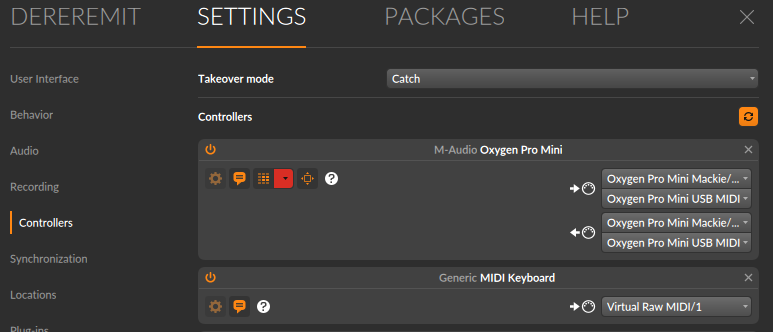Syncing Bitwig Studio with Video Files Using PipeWire on Linux
For music producers and film composers working on Linux, syncing audio with video can be a bit of a challenge. Bitwig Studio is a powerful DAW that does not natively support video playback, but with the help of PipeWire and some additional tools, you can create a seamless audio-to-video workflow. This guide will show you how to synchronize Bitwig Studio with a video file using PipeWire and the virmidi kernel module to create virtual MIDI devices.
Prerequisites
Before starting, make sure you have:
- Bitwig Studio installed on your Linux system
- PipeWire installed and configured as your sound server
- Xjadeo (X Jack Video Monitor) for video playback
virmidikernel module for creating virtual MIDI devices
Step 1: Configuring Virtual MIDI Devices with virmidi
To sync Bitwig Studio with Xjadeo, we need to send MIDI Time Code (MTC) from Bitwig to Xjadeo. However, Bitwig may not recognize your MIDI interface directly, or you might have too many virtual MIDI devices cluttering your workspace. To address this, we use the virmidi kernel module to create a single virtual MIDI device:
sudo modprobe snd-virmidi devices=1
This command loads the virmidi module and creates one virtual MIDI device, simplifying the connection process.
If you want this change to be persistent across reboots, you’ll need to create a configuration file for the module. This process can vary depending on your Linux distribution and the version you are using. Generally, you can create a file in /etc/modprobe.d/ with the .conf extension, for example, snd-virmidi.conf, and add the following line:
options snd-virmidi devices=1
Step 2: Using PipeWire and Qpwgraph for Routing
With PipeWire handling the audio and MIDI routing, qpwgraph provides a graphical interface to manage these connections easily.
Launch qpwgraph.
You’ll see a visual representation of all audio and MIDI sources and destinations, including Bitwig Studio, Xjadeo, and the virtual MIDI device.

Step 3: Configuring Xjadeo for Video Playback
Open Xjadeo, load your video file, and configure it to sync with MTC. Xjadeo will play back video in sync with the MIDI Time Code it receives.
Step 4: Configuring Bitwig Studio
In bitwig add a controller for the Virtual Midi device.
 Then in syncronication set it for MTC
Then in syncronication set it for MTC

Step 5: Connecting Bitwig to Xjadeo
Use qjackctl to connect Bitwig’s MIDI outputs to Xjadeo’s MIDI inputs. This ensures that Xjadeo follows Bitwig’s transport commands for video playback.

Step 6: Testing and Adjusting
Play your project in Bitwig and watch the video in Xjadeo to ensure synchronization. Adjust latency settings in Bitwig and PipeWire if needed. Conclusion With PipeWire, Xjadeo, and the virmidi module, you can create a robust setup for syncing Bitwig Studio with video on Linux. This solution is perfect for composers and sound designers working on film scoring or multimedia projects in a Linux environment. Remember to explore and tailor your setup to your specific needs, and enjoy your creative journey in audio-visual production!
This markdown content now includes the necessary information about configuring